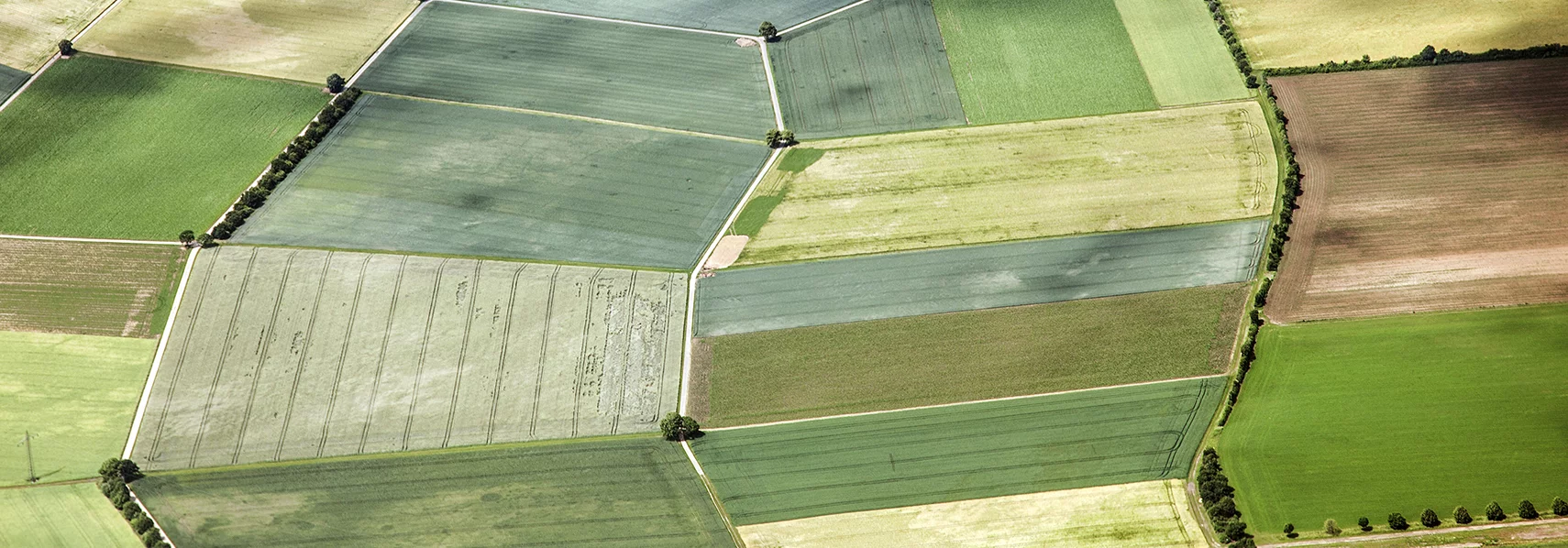Land Acquisition Logging
If it's your task to log and manage land acquisition data, this module's graphic user interface is ideal for showing project status while also ensuring that the data is up to date. As the land acquisition data is fully integrated into your project, you can produce land acquisition directories and land acquisition plans in compliance with RE (German design guidelines) from the one source. And the benefits? It enables you to prevent redundancies, avoid errors and to work within one project data environment. Later corrections therefore become only a fraction of the work otherwise involved.
The data can be logged or imported via an interface and then passed on to your client using the integrated OKSTRA interface. The OKSTRA format allows you to exchange the necessary data regardless which software tools are used. Any database may be used to export the data, e.g. Microsoft ACCESS.
Land Acquisition Intersection
Convenient land acquisition processing. Automatic determination of sub areas. Produce sketch-maps.
Land Survey Register Preparation
If you work with land acquisition, land usage or land consolidations, importing the necessary initial data is as simple as a mouse click. Working with land parcels, you need not only the geometry, but also the land registers, property owners, type of land usage and various other data from the real estate registers.
If the data is available electronically, you can not only import it easily, but you can also decide whether to import all or only a part of the data in order to keep your project data to a minimum.
The data is automatically compared with existing data while being imported. If, for example, a land register already exists for the project, it will not be imported again but will merely be updated should it contain additional information.
Overlapping deliveries can be safely imported without any problems. The data of the land acquisition database are linked to graphics data if available. ALK (real estate maps) and ALB (real estate registers) therefore form one cohesive data unit within card_1.
